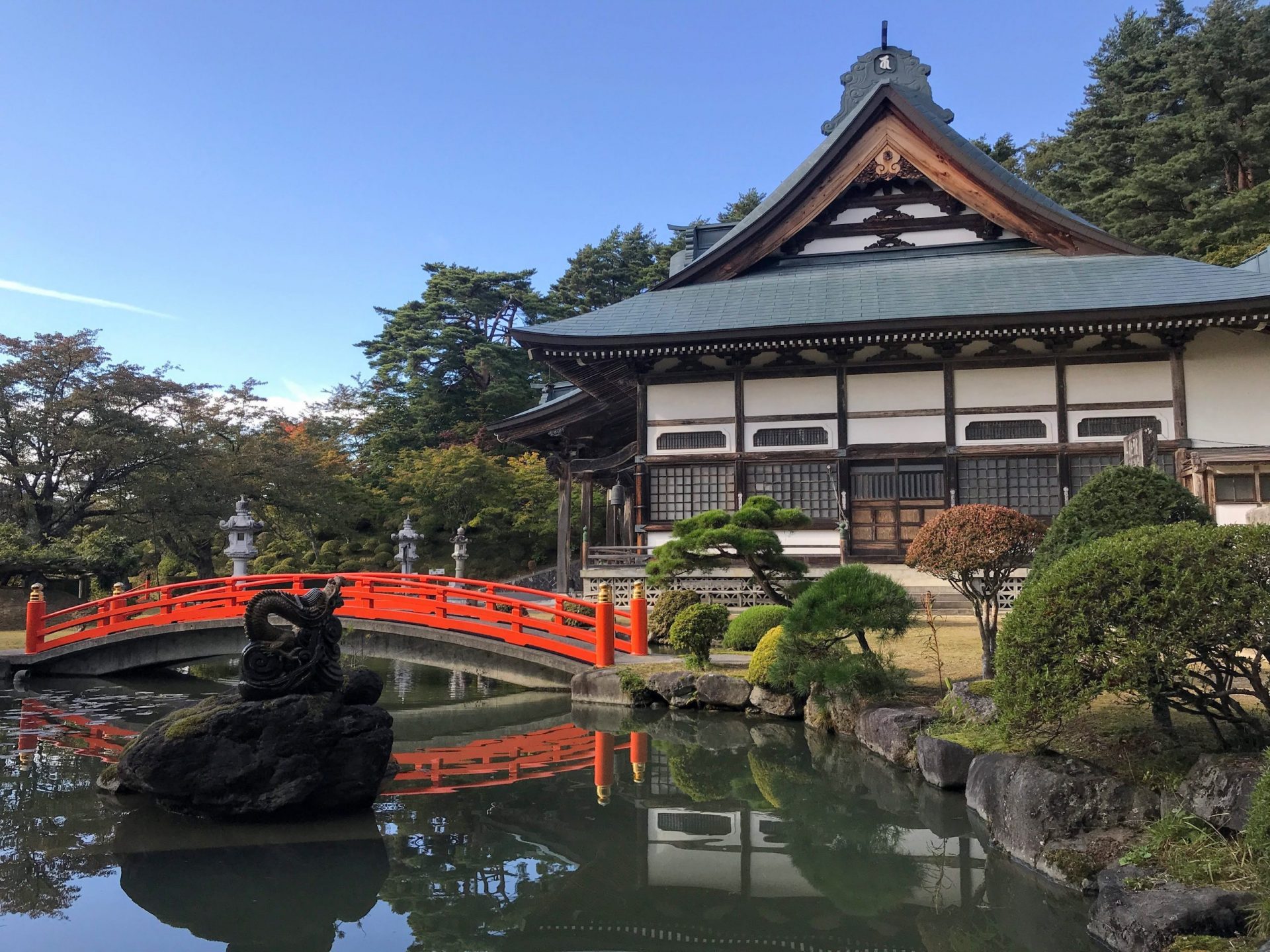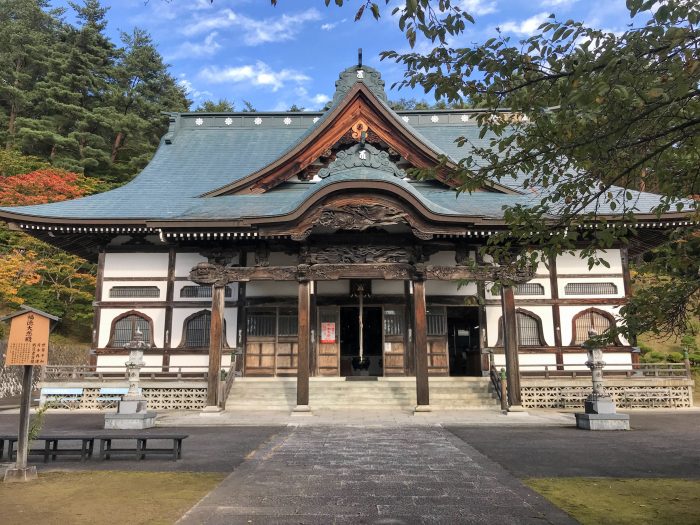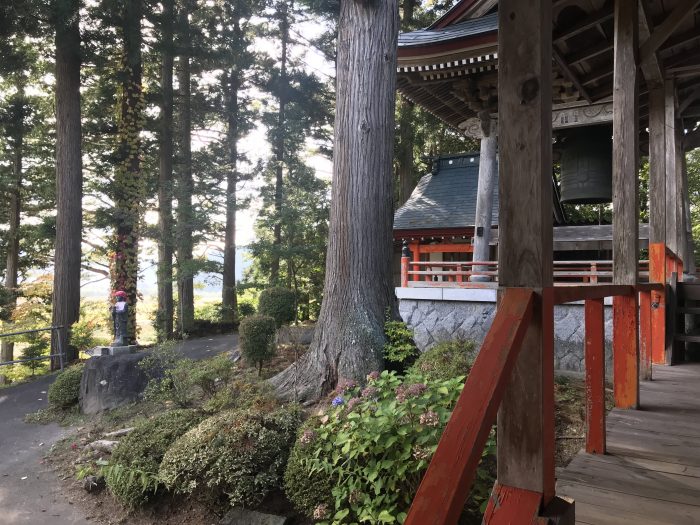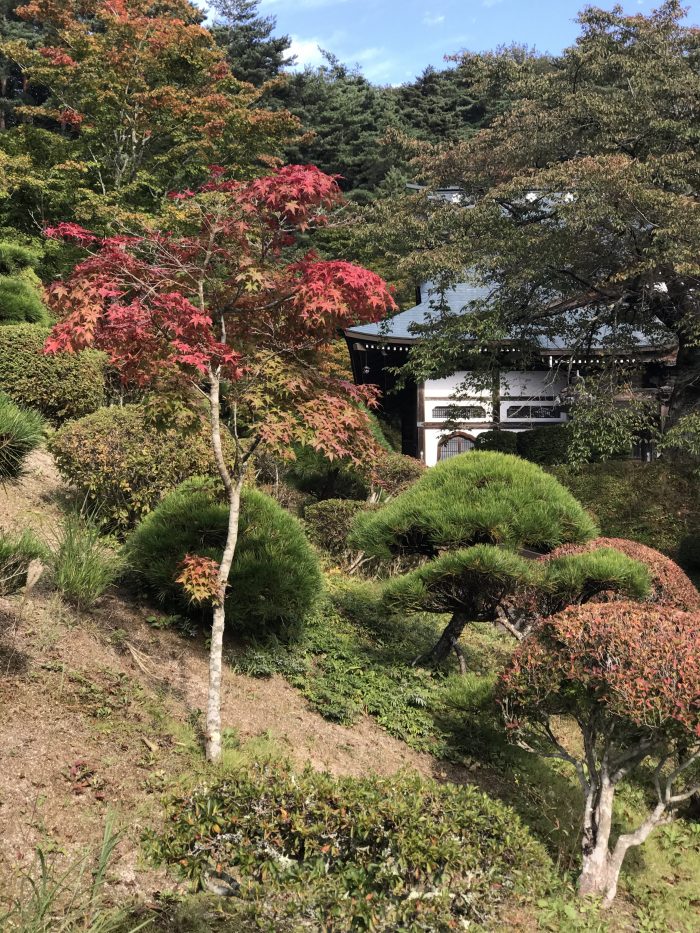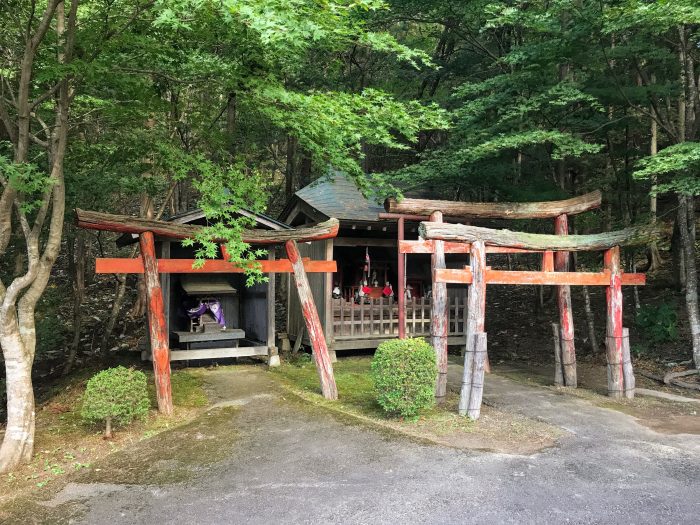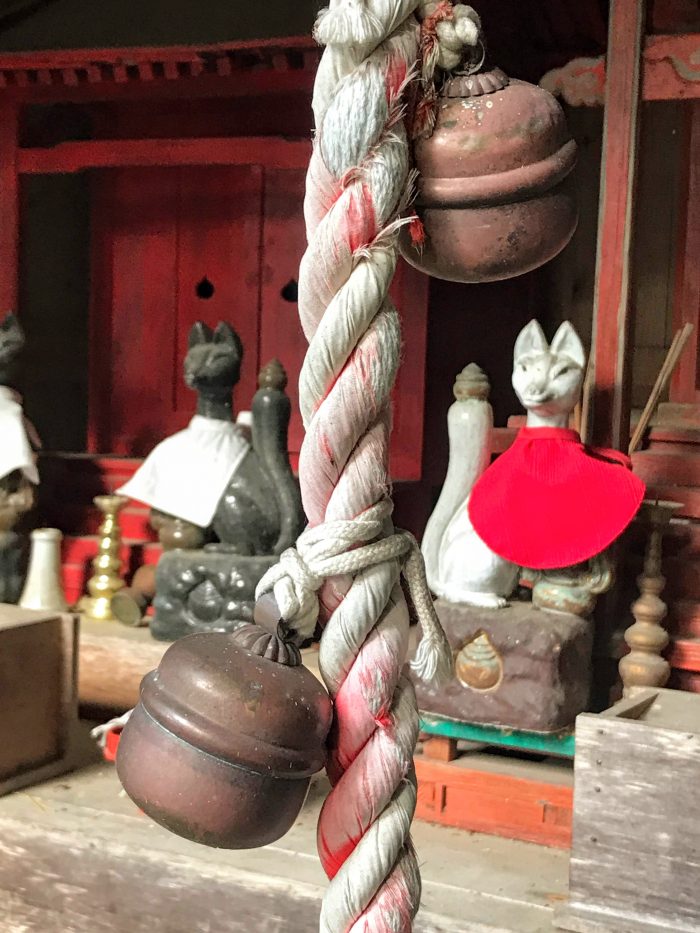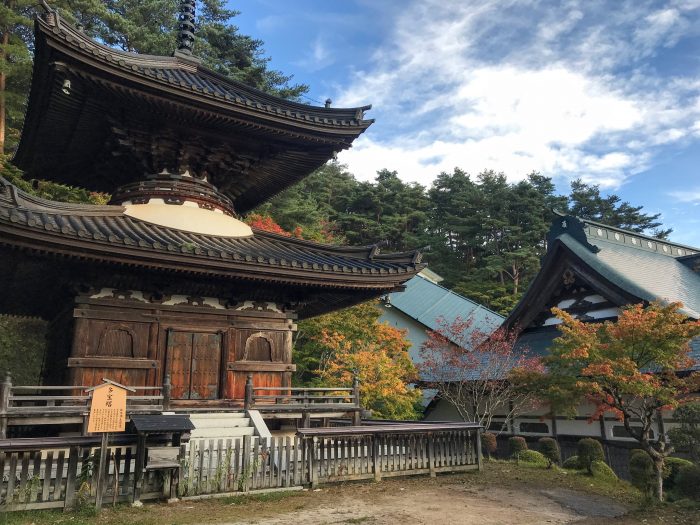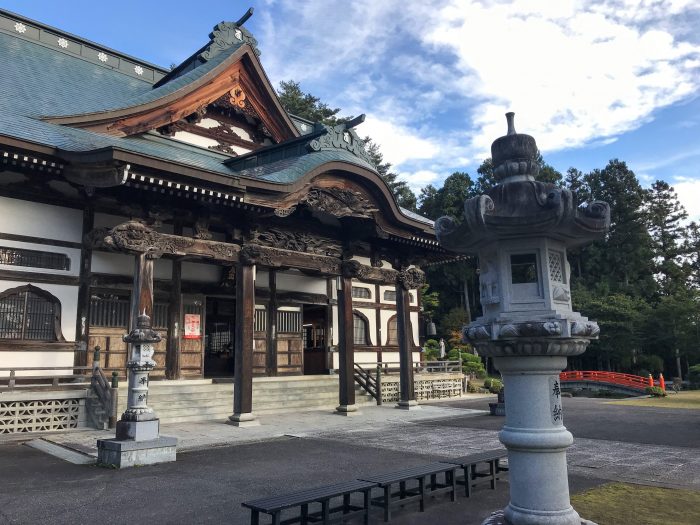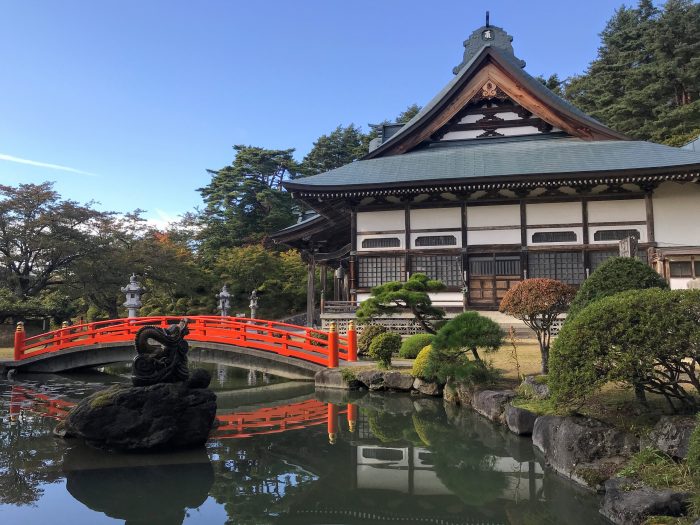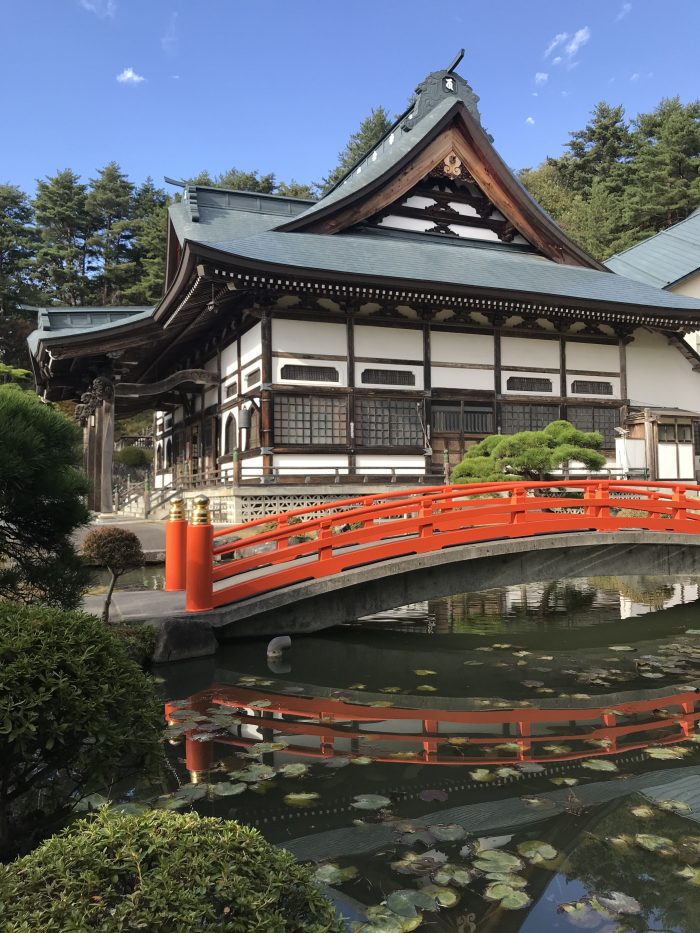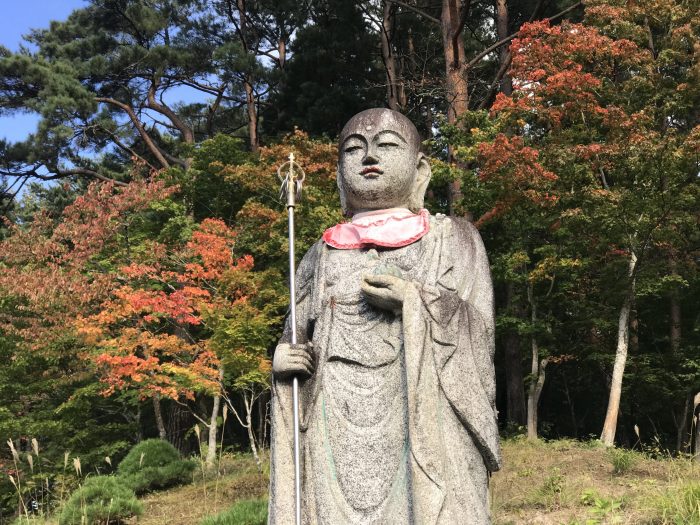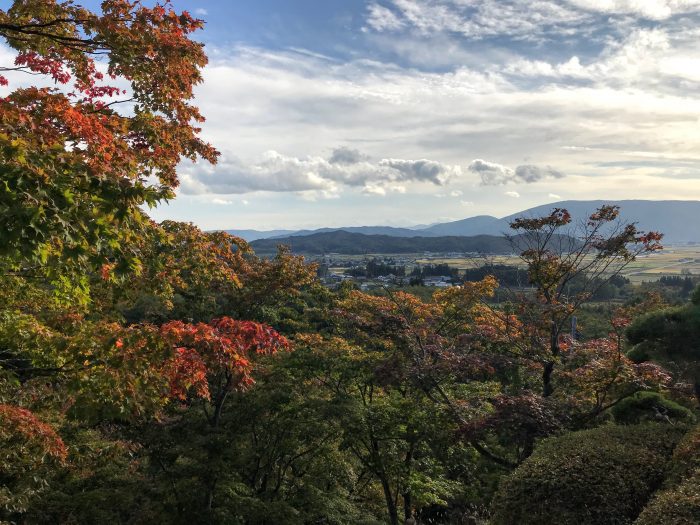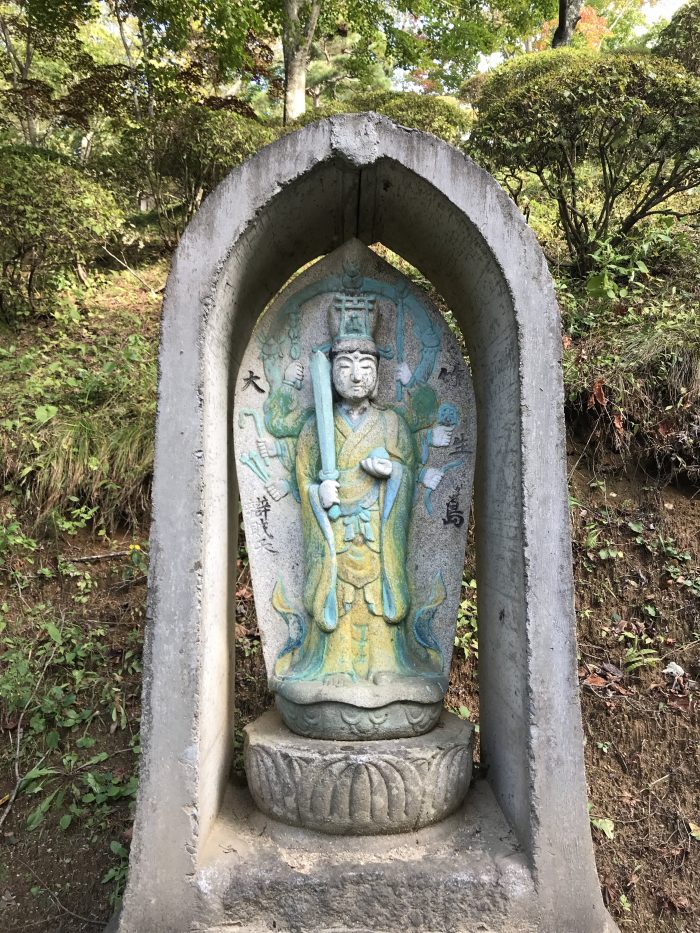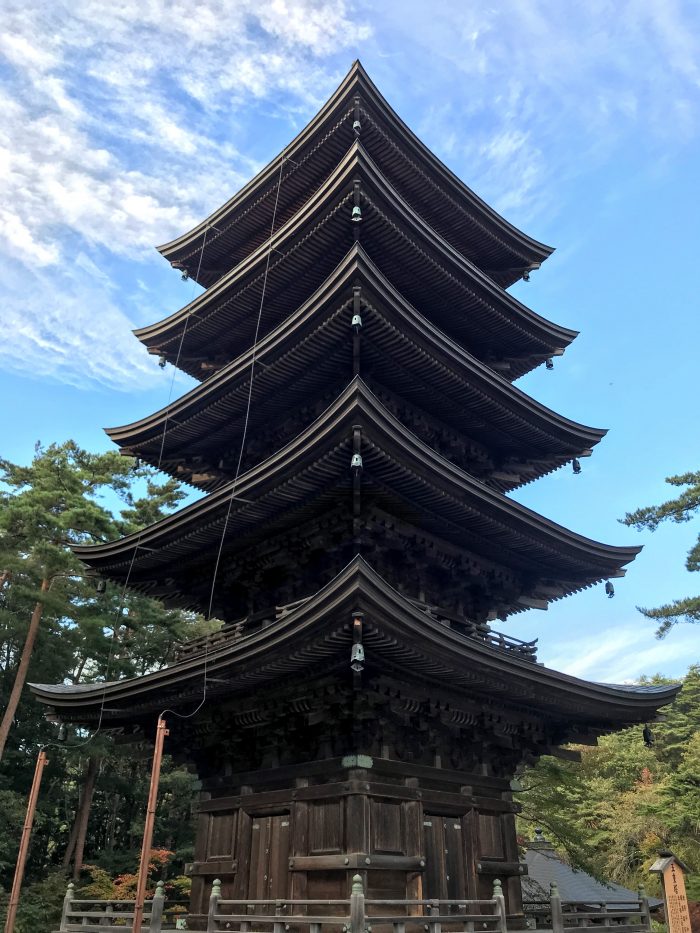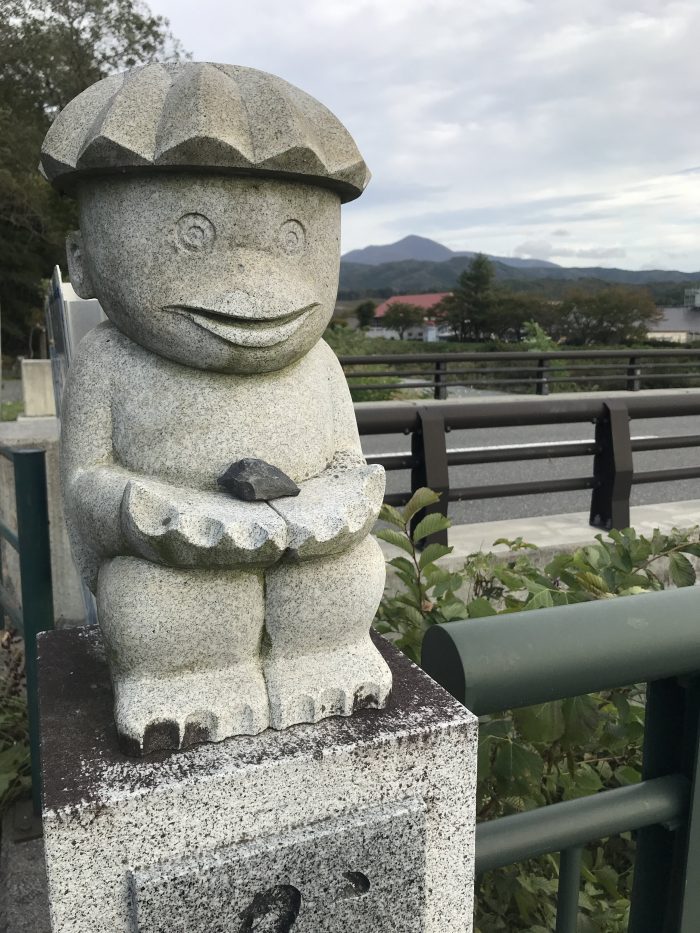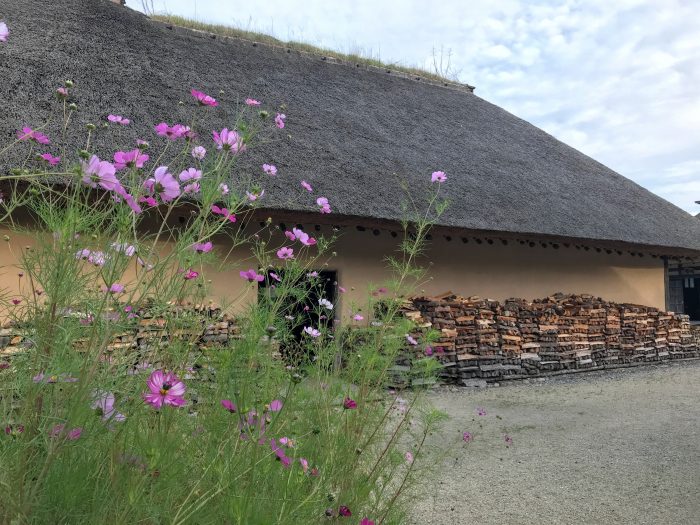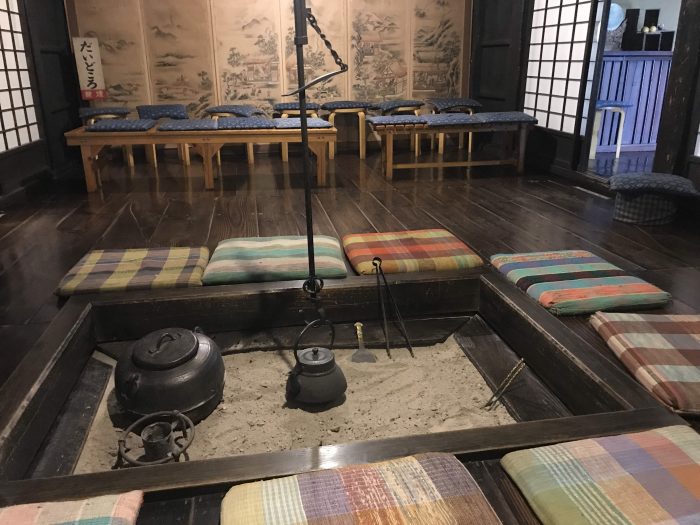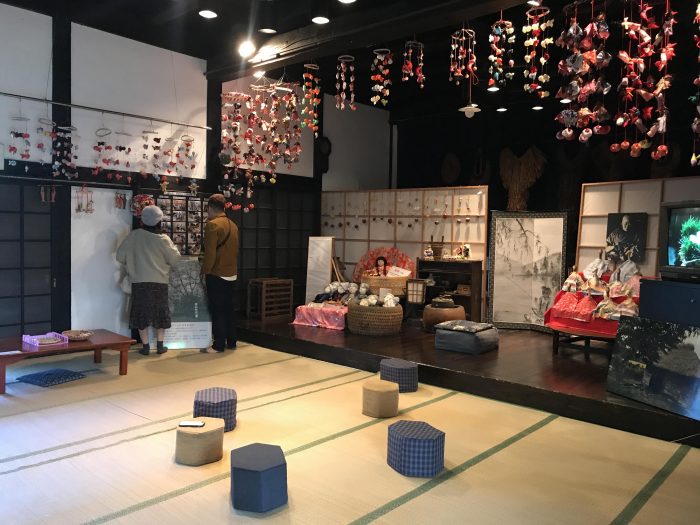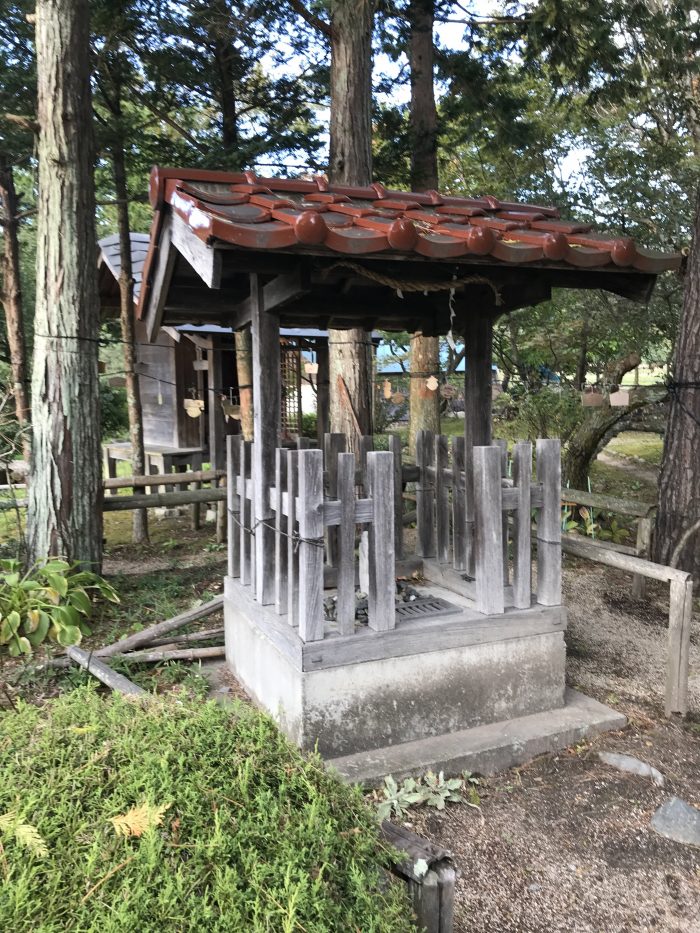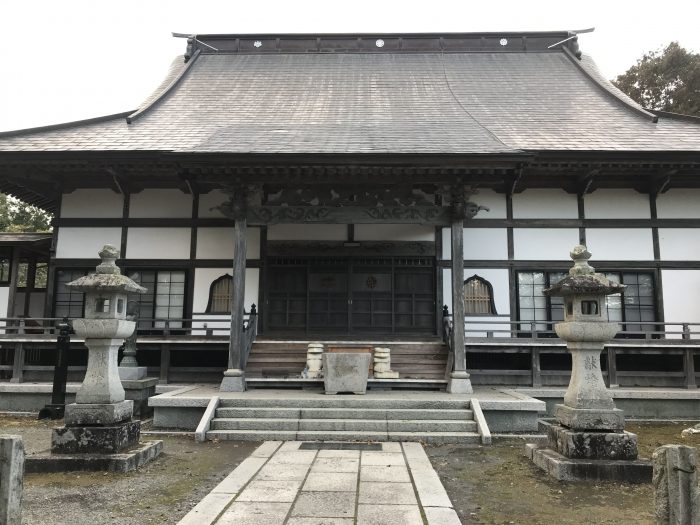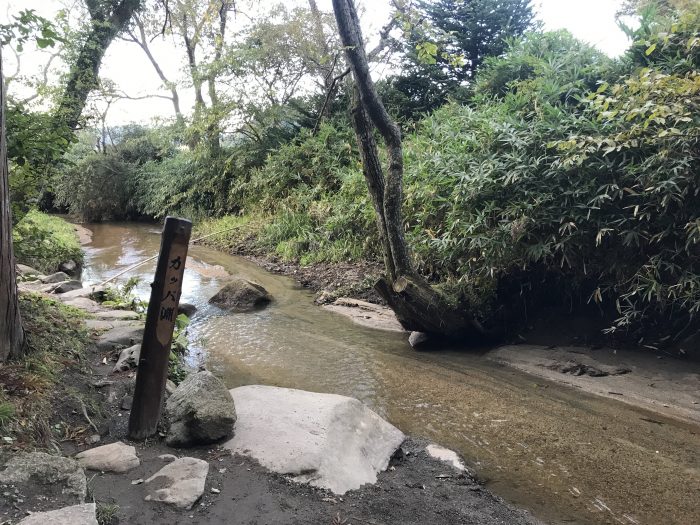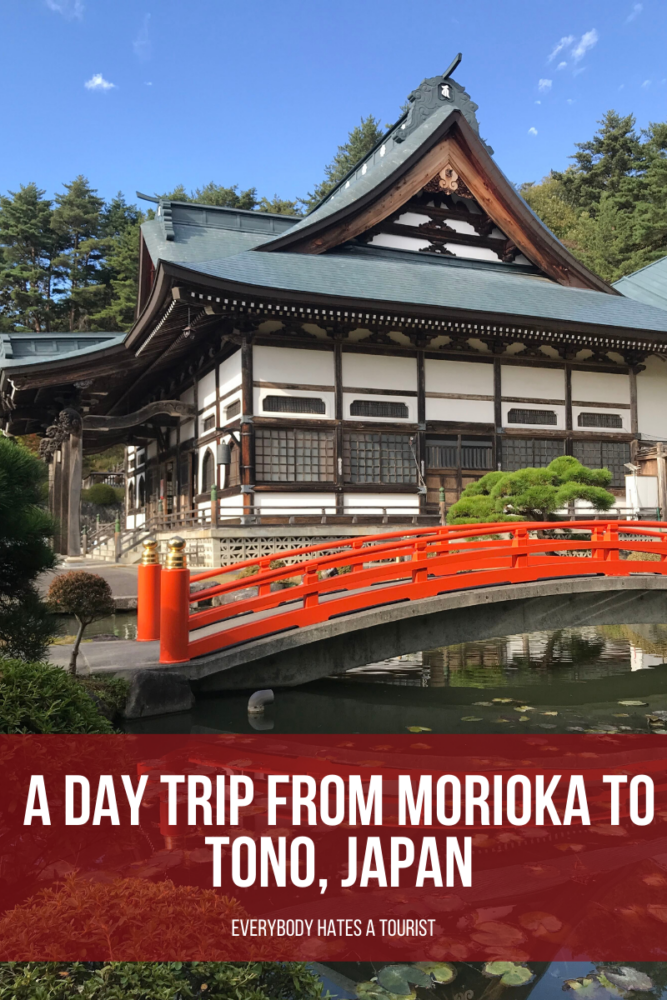This article has partner links that I may receive compensation from at no cost to you. Thank you for supporting my site by using them!
Morioka is a great base for making day trips around the Tohoku region. One of the more unique day trips from Morioka is to Tono, a nearby city steeped in history & folklore, along with serving as the center of Japan‘s hop-growing industry. With a relaxing & welcoming vibe, Tono has a little bit of everything for everyone. Here is my guide to a day trip from Morioka to Tono, Japan.
How to get from Morioka to Tono
Getting to Tono from Morioka by train is easy. There are a few direct trains each day, which take about 70 minutes & cost 1520 yen ($14 USD) as of October 2019. Alternatively, you can take a shinkansen train to Shin-Hanamaki station and then transfer to a local train. This route is faster, so if you’re on a JR Rail Pass, you might want to consider this option. One note: when I took my day trip from Morioka to Tono, the last train out of Tono toward the west was around 8:30 pm, so don’t plan on being able to spend a long evening there. Research the current schedule before traveling.
Once the train heads east towards Tono near Hanamaki, the area begins to become hilly. It’s a pretty train ride through green hills. Once you’re in the Tono area, much of the area is actually fairly flat, with mountains surrounding the farmland-filled valley. Getting around Tono by bicycle is one option, with the Tono-Towa Cycling Road being a popular route. Bikes are available for rental at the tourist information center.
From the Tono train station, there are local buses that can take you to the outer reaches of town. To start my Tono day trip, I took a bus toward Sakanoshita, which stops at Fukusenji after a 20-minute ride. The bus ride costs 380 yen. I accidentally put 400 yen into the exact money hopper rather than the one that would give me 20 yen change. The apologetic bus driver acted like it was the worst thing that would happen to me that week, but that was easily the time I walked 12 miles around Lake Tazawa only to find out that the brewery I’d planned to reward myself at was closed. From Fukusenji, it’s a long walk back to central Tono, but there are several interesting sights to see along the way.
Things to do in Tono, Japan
Fukusenji
Fukusenji is a beautiful Buddhist temple complex that sits in the hills ringing the northern reaches of Tono.
Book your hotel in Tono now!The entry building is at the flat valley edge, with the rest of the buildings lining winding paths up into the hills from there.
The main temple buildings are at the very top of the property, so it takes a while to walk up to them. In mid-October, these hills are covered with a rainbow of colors from the changing leaves. In the springtime, it’s cherry blossoms. Through the cool autumn breeze, I could smell the burning of wood fireplaces & stoves.
Along the way, there are several smaller buildings & altars. While there aren’t many explanations of what each one is, looking at them is a pleasant way to split up the uphill walk.
The path keeps winding higher & higher into the hills, finally opening up at the plateau where the main temple is located.
To the right of the temple, there is perhaps one of the most beautiful gardens in Japan.
It’s not the most spacious or the most intricate garden, but this little garden, with its pond & bridge, pairs perfectly with the temple behind it.
If the word “Instagrammable” is in your vocabulary, then Fukusenji fits that description.
The area is dotted with places to sit & contemplate nature. Couple that with the lack of visitors, and it creates a special feeling.
Inside the temple is a surprise. It’s such a surprise that I can’t even show what it is since no photography is allowed. I wanted to respect that request. But Fukusenji is home to the largest wooden Buddha in Japan. What initially looks like an ugly extension to the main part of the temple actually houses a beautiful sculpture inside.
There are a few ways to get back down the hill. The most indirect path winds through woods, with pastel statues marking the way.
At the lower reaches, there are yet more corners to wander into, including one area with a tall pagoda.
Fukusenji isn’t the biggest temple complex, but what it lacks in size, it more than makes up for with solitude & beauty. Not only was the area filled with random quiet corners to explore, I also was the only visitor I saw during my entire 90-minute visit. Yes, it was a weekday, but with the autumn colors on full display, I was shocked that Fukusenji wasn’t busier. If you’re anywhere near the area, make sure it’s on your list.
Denshoen & other folk villages
Denshoen is an open-air folk museum that tells the local history of Tono. It’s located about a 20-minute walk south of Fukusenji, along the pleasantly separated cycling path. There are signs up along the way that illustrates points of interest.
At first, I considered just poking my head into Denshoen to get a quick look at the buildings from the entryway. Then the woman inside the ticket office started chatting with me. Between our limited knowledge of each other’s languages, we established that I was from San Francisco, which she applauded. It wasn’t the first time I’ve had someone light up or applaud when I’ve said where I am from, but she was certainly the most enthusiastic. It always feels a bit awkward when someone is so excited that I’m visiting from somewhere far away, but I suppose there’s a shared connection between Japan & San Francisco. One day I should test to see if I get a similar reaction if I say I’m from Kansas.
I’m glad I ended up visiting all of Denshoen, as it’s a nice picture of what rural Japanese life was like back in the 1700s & 1800s. The buildings have straw roofs which were common in the era. There are a few other historic farmhouses & villages around Tono, including the Furusato Village, the Chiba Family Nanbu Magariya, & Takamuro Suikoen Park.
Each building shows a different aspect of life during these times. One of the buildings even had a group of women inside who were chatting & making crafts.
There are also small gardens, along with a mill.
The museum gift shop has a wide variety of products from around the area, including Tono & Zumona beer, as well as toys & other souvenirs featuring the local Kappa mascot.
Hop fields
Just south of Denshoen, along the short walk to Jokenji & Kappabuchi, you’ll pass through hop fields. Tono is the center of Japan’s hop growing industry. While Tono & its hops might not be as famous as Washington’s Yakima Valley or Nelson, New Zealand, the area is proud of the growing attention its crop is getting.
During the summer months, you can tour the hop fields & learn about local beer. I had arrived in Tono just after the harvest had taken place, but sadly before fresh hop beers were available. I was still able to have some great Tono craft beer later that evening.
Jokenji & the Kappabuchi Pool
Further south is Jokenji, a small Buddhist temple. Behind the temple, there is a small stream. This stream is central to the folklore of Tono.
Known as the Kappabuchi Pool, these waters are home to the legendary kappa. Their stories are part of Kunio Yanagita’s Legends of Tono, a collection inspired by several locations around the area. You can spot kappa statues all around Tono, including at Fukusenji above. Yes, they look like the Teenage Mutant Ninja Turtles, so much so that the TMNT have been confused with kappa in their world.
Try catching one with cucumber, but watch out! According to legend, these mischievous turtle-like creatures playfully trick people & pull horses into the water. One idea behind the stories is to scare children away from the dangerous water. The kappa are also the guardians of Jokenji & help protect it from fire, so they also do good.
Next to the pool, there is a small temple where pregnant women can pray for good breastfeeding since that’s also something the kappa control. They’re multi-talented. I wished for good luck as a proxy for friends who’d just had kids or were about to have them.
What to eat in Tono, Japan
Genghis Khan (Jingisukan)
The most famous food in Tono is known as Genghis Khan. Named after the famed warlord, local Genghis Khan restaurants feature grilled lamb or mutton. It’s related to Mongolian BBQ restaurants you might find elsewhere. Similar to yakinuku, you grill the meat yourself, then dip it in sauce. Jingiskan Anbe is one of the highest rated Genghis Khan restaurants in Tono, but unfortunately, it was closed on the day I visited, as were most others. It’s available at the restaurant at Furusato Village. Should you not have it on a day trip to Tono, Genghis Khan can also be found elsewhere in Tohoku & Hokkaido.
Kuretsubo Soba
Kuretsubo soba is a soba noodle dish made with locally-grown kuretsubo turnips. It can be found in a few locations around Tono, including the roadside Tono Kaze no Oka and the Tono Furusato Village.
What to drink in Tono, Japan
Craft beer
As the center of Japan’s hop industry, Tono also has a small, but growing craft beer market. The biggest & most rapidly growing brewery is Tono Brewing Company, which brews & has a taproom a few blocks from the train station in the center of Tono.
The bar is a lively hub in what is otherwise a quiet city, with a growing reputation to match the town’s hop industry. Beer from other local & regional craft breweries including Zumona & Sakura can also be found in Tono.
Depending on the season, tours of the local hop fields & bars are available, as well as seasonal festivals.
Doburoku (Dobekko)
Doburoku, known as dobekko locally, is a homebrewed cloudy sake made in Tono. The Tono Dobekko Festival is held each year between November & March.
Final thoughts on my day trip from Morioka to Tono
Few visitors make it to Tohoku, and even fewer make it to Tono, despite it being a perfect place for a day trip from Morioka. With its folklore & budding status as a beer destination, it’s a special place to visit.
Like this post? Pin it for later!

